Contrary to popular belief, white pepper is in fact sourced from the exact same plant as black pepper itself, with the peppercorn’s flesh being removed through the use of mechanical friction and various other techniques that allow the internal seed to remain intact as the darker flesh is removed.
Commonly used in a variety of cuisines spanning the world, white pepper is found in nearly every grocery store or market, making it among one of the most frequently found spices in most home chef’s pantries.
White pepper may require substitution in certain situations, and as such it is fortunate that a variety of potential alternatives. The most common substitutes are black pepper, green pepper spice, and winter’s bark. In terms of spice, substitutions include powered ginger, turmeric, cumin, paprika, and ground mushroom.
Why Should White Pepper be Substituted?
While white pepper is generally tolerated as a spice in a variety of dishes throughout the world, certain individuals may find its particularly earthy taste unpleasant and unpalatable, especially in its raw peppercorn form.
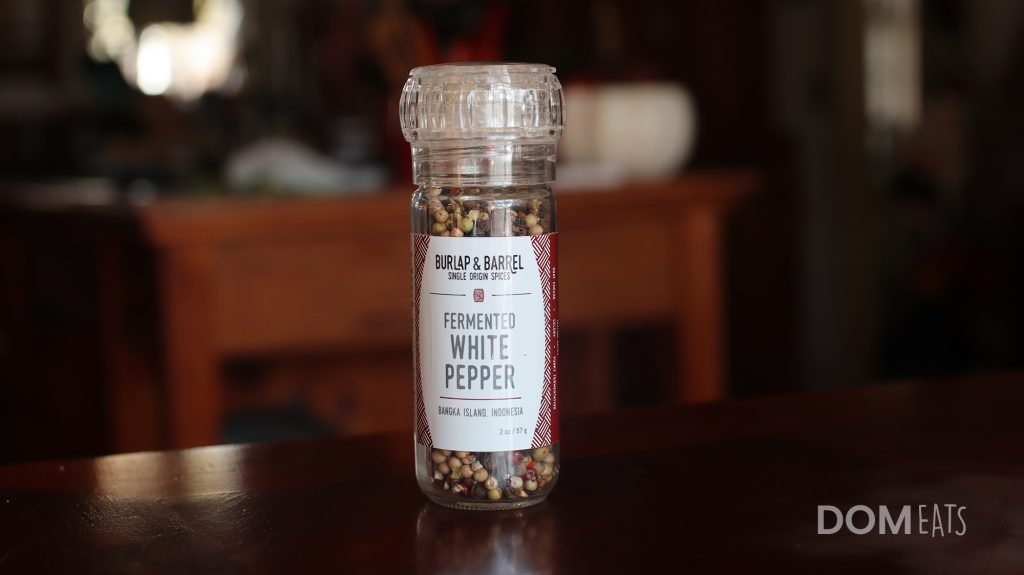
As such, more mild and softer variants of pepper may exist, or even entirely different spices that present a similar flavor profile to white pepper.
In rare cases, a few members of the population may find themselves developing allergic reactions to any form of pepper, regardless of whether it is white or black, and as such replacing this particular spice is a necessity.
This does not mean, however, that said individuals must miss out on the particular earthy flavor that white pepper ordinarily provides, as quite a few non-pepper substitutes exist that may replicate its taste in a dish or meal.
Pepper Substitutes for White Pepper
Considering the fact that white pepper is simply a variant of the fruits derived from the pepper plant which has had its flesh removed, it is by no stretch of logic that certain other types of pepper made from the same drupe would have a similar taste and function in the culinary world.
Though some of these variations may be more difficult to find than white pepper themselves, home chefs may find that they can act as not only a potential substitute but even an improvement in certain cases wherein they are incorporated into a dish or meal.
Black Pepper
Approximately as popular as white pepper itself, black pepper is simply white peppercorn that has retained its darker flesh, providing a somewhat more spicy and slightly less earthy taste in its full seed form.
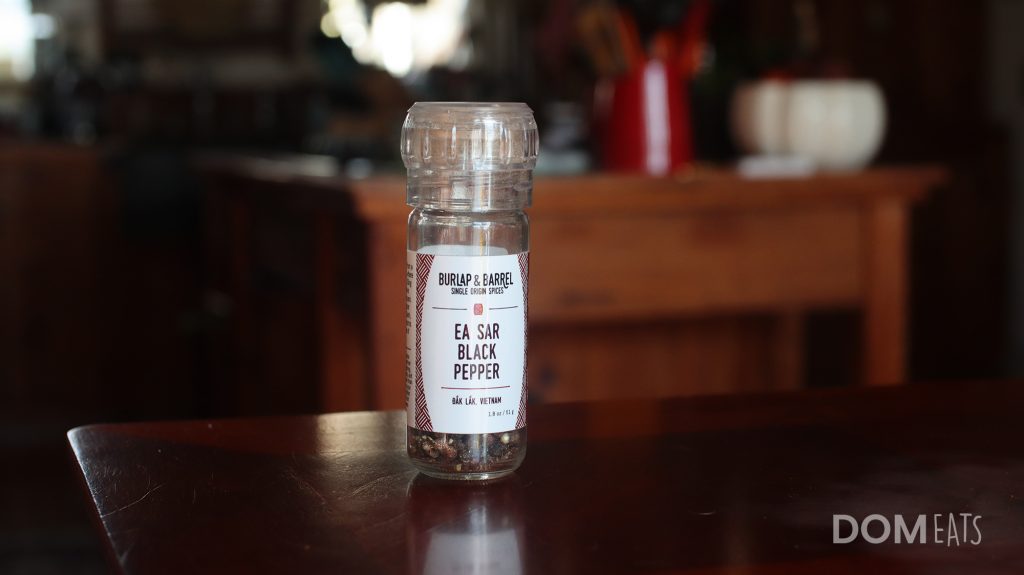
In terms of substitution, black pepper is as close as one can get to the function and flavor of white pepper, whereas practically every recipe that incorporates white pepper can also utilize black pepper as either a replacement or as a mixture with the white pepper in order to achieve a milder effect in flavor.
Green Pepper Spice
Not to be confused with the green bell pepper vegetable which is in fact a fruit and not a spice, green pepper is another variant of the standard peppercorn seed that has been subjected to a drying process and treated with certain compounds in order to retain its freshest flavor and green appearance.
Green peppercorns are primarily used in Tamil and Thai cuisine, wherein their preserved flavor at the height of their quality makes them significantly more noticeable and sharp than other variations of pepper, such as black or white peppercorns.
In terms of substitution concerning white pepper, green pepper may be used in dishes that would ordinarily overpower white pepper’s relatively mild flavoring, such as in rich sauces or meats that have been marinated in acidic solutions.
Winter’s Bark or Chilean Pink Pepper
Primarily used as a substitute in parts of Central America that are too cold or too remote to have access to peppercorns, ground winter’s bark is a potential replacement for white pepper in terms of flavor and function, as their tastes are considered relatively similar, even if their appearance is quite distinct from one another.
Alternatively, pink peppercorns derived from the Brazilian or Peruvian variants of the pepper tree do exist, though they may be more difficult to acquire in certain parts of the world, and are tangentially related to a variety of tree nuts, potentially exposing consumers to danger if they have nut allergies.
White Pepper Spice Substitutes
In the event that using another variation of pepper is not suitable, either from a lack of availability or because of health conditions, certain other types of spices exist that may replicate the earthy flavor brought to a dish by white pepper.
Powdered Ginger
Not the first thing that comes to mind when searching for potential white pepper substitutes, powdered ginger nevertheless may act as a suitable replacement for the “kick” normally found in freshly ground white or black pepper.
Additionally, a far smaller volume of powdered ginger must be used in order to replicate the same intensity of pepper, owing to the significantly stronger flavor of the former spice, making it an excellent replacement for meals created without the complement of a full kitchen.
Turmeric
Somewhat different in flavor than white pepper, turmeric can provide a similar earthiness to dishes as white pepper at the expense of appearance, as any meal incorporating turmeric will generally turn a bright yellow owing to its particular chemical compounds.
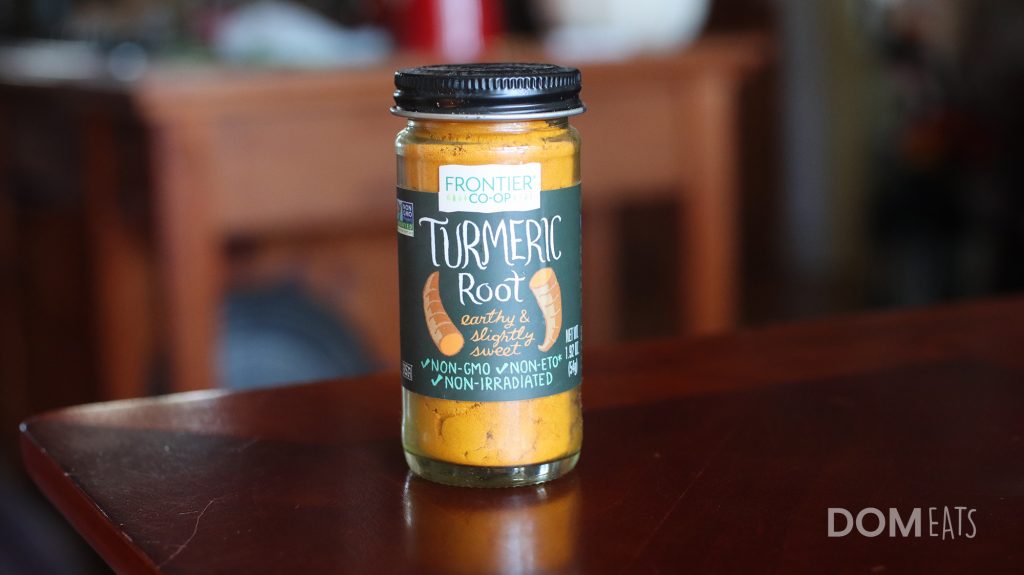
Additionally, turmeric is said to be somewhat sweeter and with a more fragrant flavor than white pepper, and as such is not entirely a suitable replacement in dishes that require a delicate level of earthiness added to its taste profile.
Cumin
Presenting a somewhat more intense earthiness than white pepper, cumin is an excellent alternative to the ground peppercorn powder, especially in dishes that integrate significant amounts of savory flavored ingredients into its recipe.
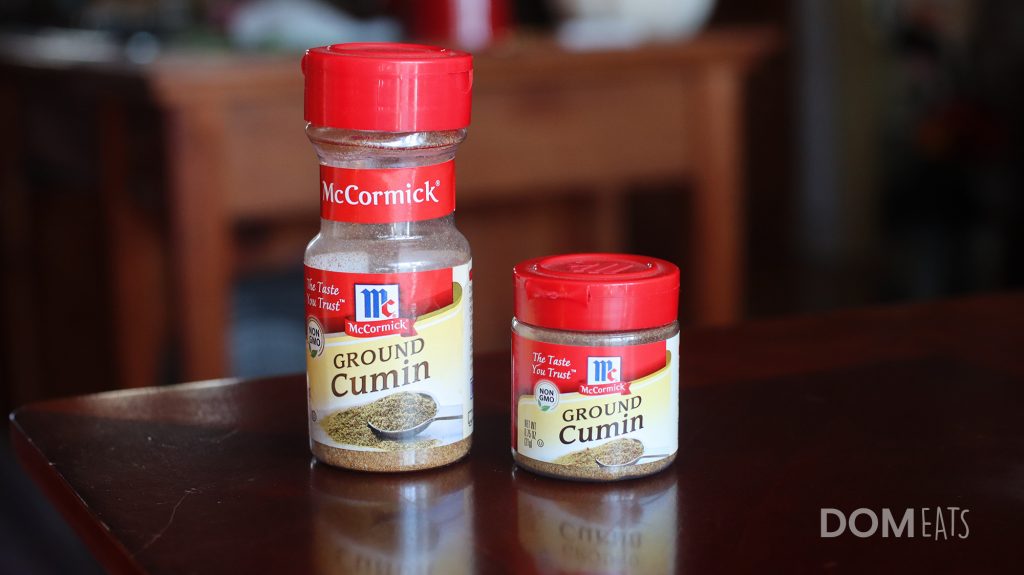
This is all the more so in recipes originating from South and Central America, of which normally incorporate cumin in order to bolster their umami flavor and provide a background aroma to the general body of the dish.
Owing to its more intense flavor, it is best to substitute white pepper by halving its total weight in the recipe and adding that mass of cumin instead.
Paprika Powder
Paprika powder is a somewhat usable alternative to white pepper so long as the chef keeps in mind the particular spiciness and altered appearance imparted to the dish when utilizing this ground pepper spice.
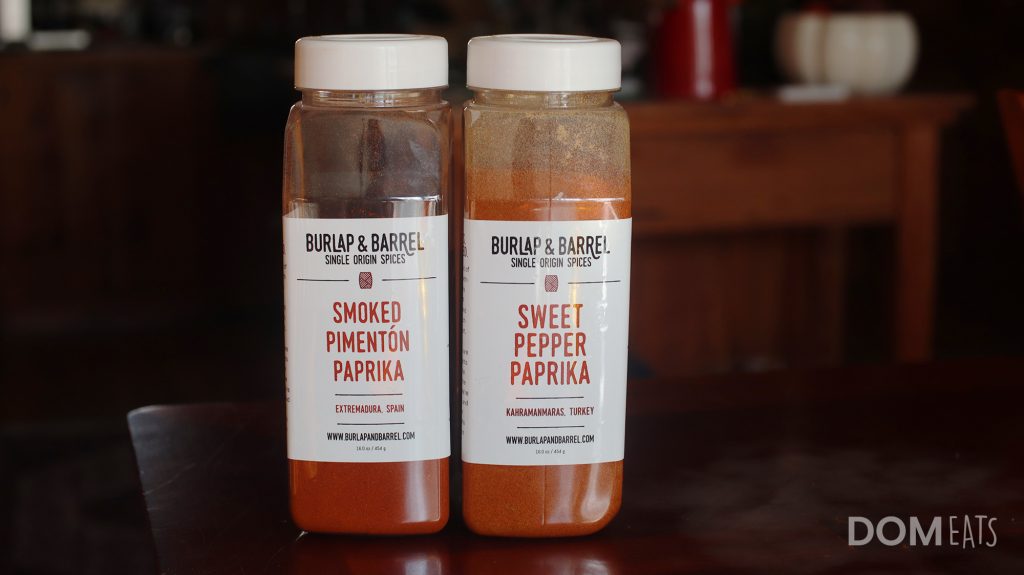
While paprika may act as a suitable white pepper flavor alternative in small volumes, its pungent spiciness and red hue may be unpleasant in certain meals or dishes, such as mashed potatoes or soups that are not meant to be red or present a spicy flavor.
Paprika powder is best used as a white pepper substitute in dishes that can overpower its pungency or are otherwise already spicy to begin with, negating the need to cover up paprika’s spiciness.
Ground Mushroom Powder
Similar in function to white pepper, ground mushroom powder imparts a mild and earthy flavor with notes of savoriness that are often compared to white pepper and similar forms of peppercorn powders.
This makes ground mushroom powder an excellent replacement for white pepper in a variety of dishes that require a distinctly umami kick alongside a background of earthiness that is normally provided by the addition of white pepper, such as in eggs or stews.
Additionally, ground mushroom powder is usually found to be somewhat salty on its own, negating the need to add extra sodium to the dish as well. This is beneficial for the health of the consumer, as a reduced sodium intake alongside the many vitamins and minerals found in ground mushrooms will bolster the nutritional value of the dish it is added to.
References
1. Escher, F. “Handbook of Industrial Seasonings.” LWT – Food Science and Technology, vol. 28, no. 4, 1995, p. 452. DOI.org (Crossref), https://doi.org/10.1016/0023-6438(95)90038-1.
2. Peter, K. V., editor. Handbook of Herbs and Spices. Vol. 1. 2. ed, vol. 1, Woodhead Publ, 2012.
3. Andrews, Jean. Peppers: The Domesticated Capsicums. New ed, University of Texas Press, 1995.



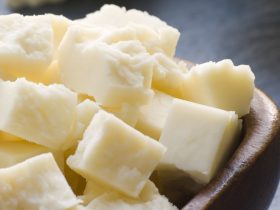

Hi, I'm Dom
Dom Eats was started to help other people fall in love with food. While cooking can feel intimidating, it doesn't have to be.